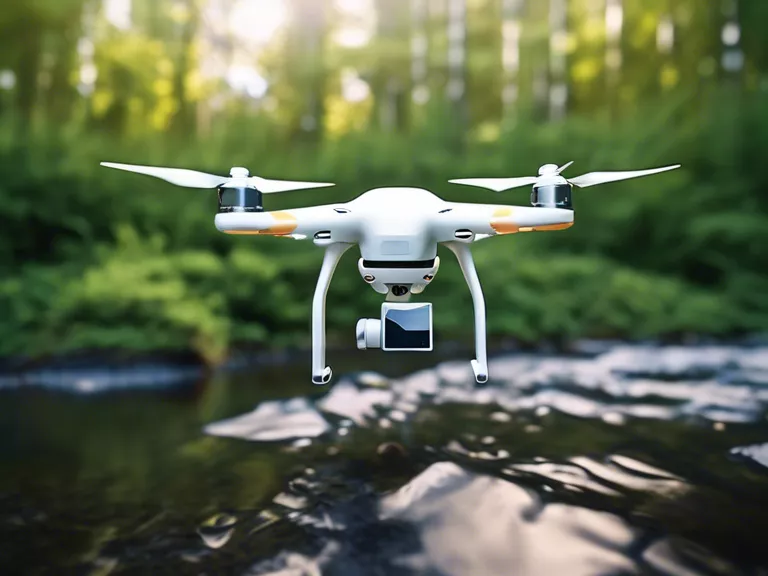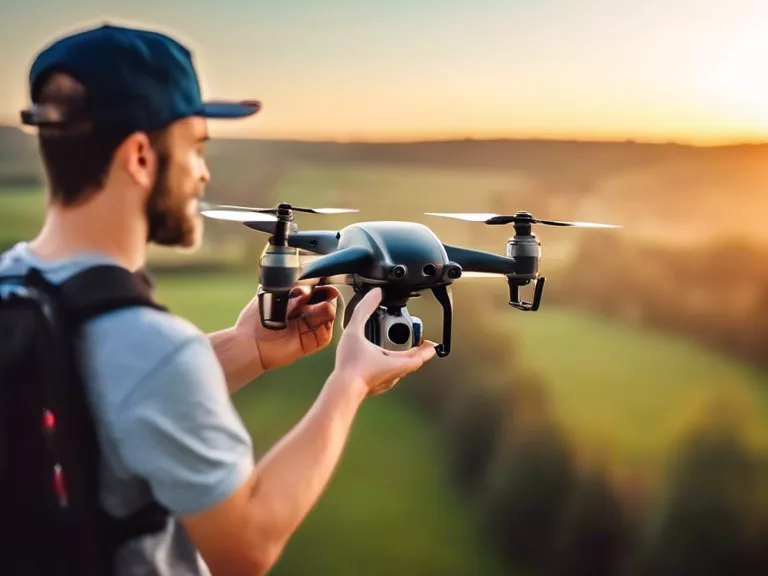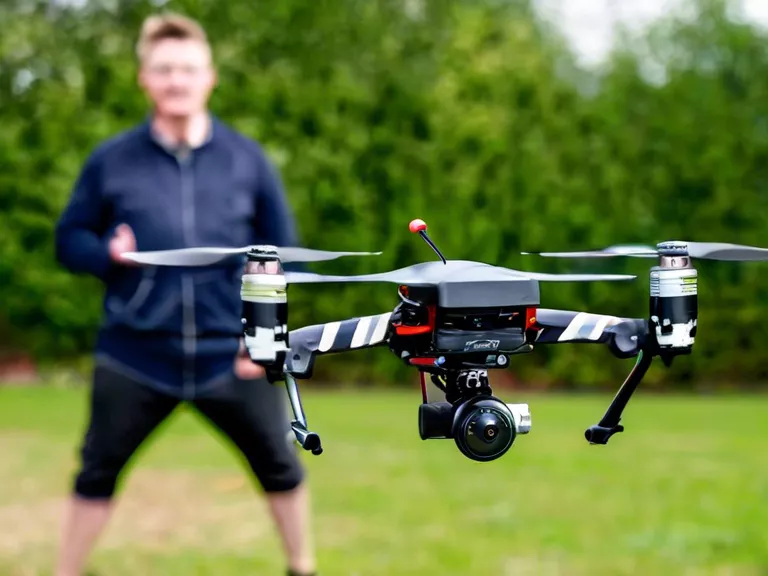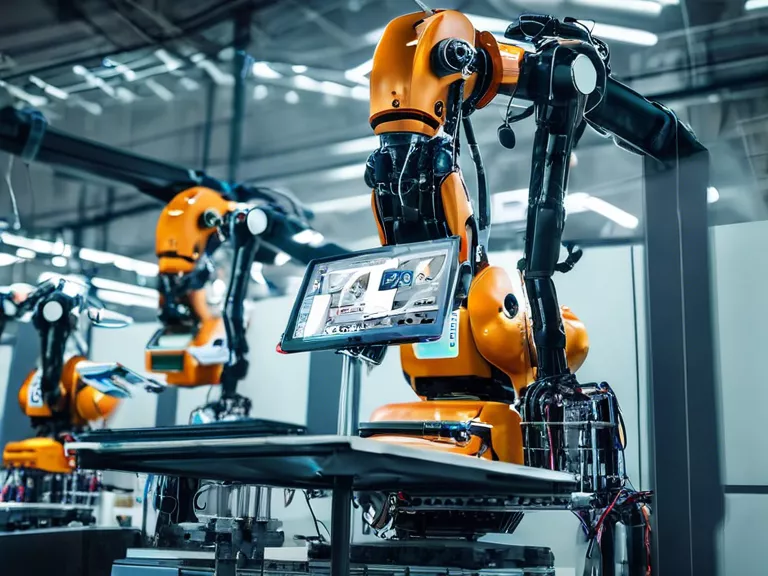
Drones, also known as unmanned aerial vehicles (UAVs), have revolutionized the field of environmental research by providing researchers with a new way to collect real-time data. These flying robots have the ability to capture high-quality images, videos, and other data from areas that are difficult to access by traditional means. From monitoring biodiversity to tracking climate change, drones have become an indispensable tool for environmental scientists around the world.
One of the key advantages of using drones in environmental research is their ability to reach remote or hazardous areas. Whether it's a dense forest, a rugged mountain range, or a disaster-stricken area, drones can easily navigate these terrains and capture valuable data without putting human researchers at risk. This has opened up new possibilities for studying ecosystems and natural phenomena that were previously inaccessible.
Drones are also equipped with a variety of sensors that can collect data on environmental factors such as temperature, humidity, air quality, and more. By flying over a target area and collecting data in real-time, researchers can gain a better understanding of how environmental conditions are changing over time. This can help in predicting natural disasters, monitoring the spread of invasive species, and assessing the impact of human activities on the environment.
Furthermore, drones are cost-effective and time-efficient compared to traditional methods of data collection. Instead of sending out a team of researchers on foot or by vehicle, a drone can cover a large area in a fraction of the time and at a fraction of the cost. This allows researchers to collect more data, more frequently, and with higher accuracy than ever before.
In conclusion, drones have transformed the field of environmental research by providing researchers with a powerful tool for collecting real-time data in a safe, cost-effective, and efficient manner. As technology continues to advance, drones will play an increasingly important role in monitoring and protecting our environment for future generations.



